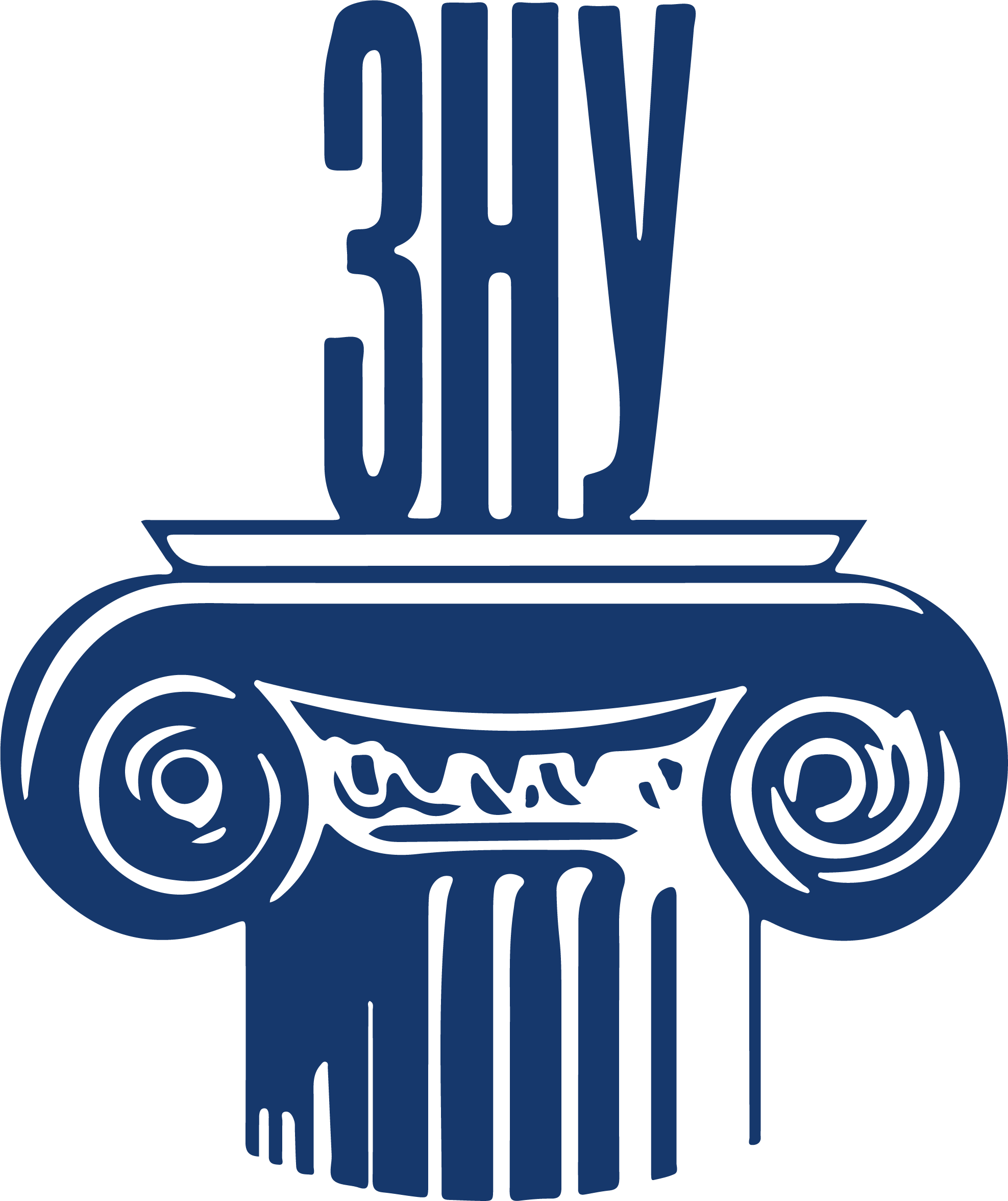SYSTEMIC RELATIONS OF TERMS TO DENOTE CHURCH-RITUAL CONCEPTS
Abstract
The article deals with the study of the church-ritual term as a specific linguistic quantity. The paradigmatic relations between term units, which are combined on the basis of semantic similarity, opposition and inclusion, are described. The phenomenon of synonymy in modern church-ritual terminology is mainly represented by syntactic synonyms-constructions which correlate in structure and coincide in meaning. Three groups of structural synonyms are illustrated: synonymous correspondence “word ‒ word”, “word ‒ phrase”, “phrase – phrase”. It is determined that the structure of the terms-phrases is dominated by two-component phrases formed by combining a noun with an adjective and a noun with a noun in the appropriate cases. The stylistic labeling of structural synonymous terms is clarified. In the process of analysis, it was found that the actual religious terms are peculiar terminological units and often show greater similarity with the lexems of common language than with the terminological units. In the context of the study, it was found that the church-ritual terminology has a large number of synonymous units, because the scope of its social use is much wider than in the special terminology of individual sciences. It was found that antonyms, the defining feature of which is the opposition in the subject-conceptual core, are widely represented in the dictionary of church-ritual terminology. The phenomenon of etymological paronymy is representative for the study of church-ritual terminology. It was found that the church-ritual terminology is represented in the language in compliance with certain laws. It verbalized marked elements, it is diverse in terms of etymology, and its components enter into synonymous, antonymous, hypero-hyponymic, paronymic relations. As for the the church-ritual term, it is the subject to the laws of both terminology and language in general, as it is the sign of a special system that serves the sphere of religion, and the unit of lexical structure of the Ukrainian language as well. Also the perspective of further research, which is in the study of theological terms at different language levels, as well as in synchrony and diachrony in the aspect of interfaith communication, is determined in the article.
References
2. Ворона І.І. Характеристика української церковно-релігійної термінології. Науковий вісник Міжнародного гуманітарного університету. Вип. 23. Одеса, 2016. с. 14–16.
3. Жалко Т. Мовностилістичні особливості молитви у конфесійному стилі української мови. Волинь філологічна: текст і контекст. Вип. 17. Луцьк, 2014. С. 90–99.
4. Малевич Л. Багатокомпонентні термінологічні одиниці і проблема їх кодифікації. Українська термінологія і сучасність. Вип. 8. Київ, 2009. с. 35–38.
5. Навальна М. Лексика конфесійного стилю в нових функціонально-стилістичних виявах (на прикладі мови інтернет-видання «Українська правда»). Науковий вісник Чернівецького університету. Вип. 659. Чернівці, с. 14–17.
6. Павлова І. Лексика конфесійного стилю. Дивослово. № 1. Київ, 2001. с. 6–8.
7. Пуряєва Н. Словник церковно-обрядової термінології. Львів, 2001. 160 с.
 ISSN
ISSN 


.png)



